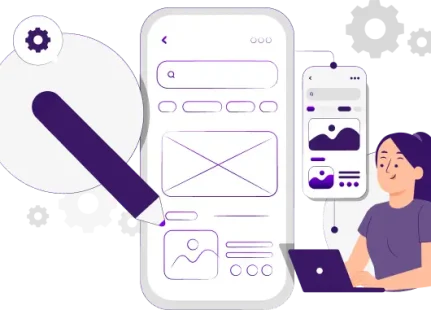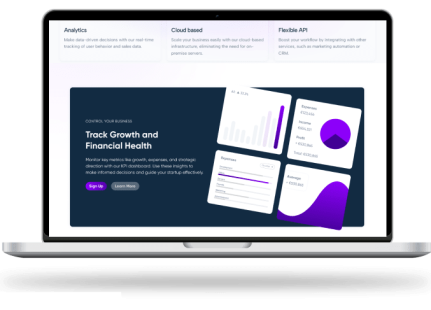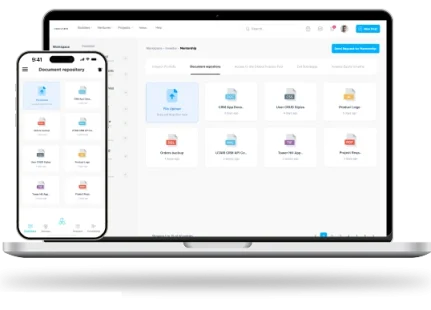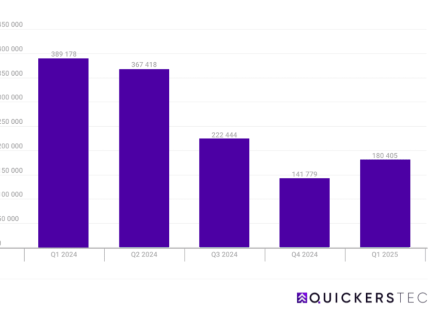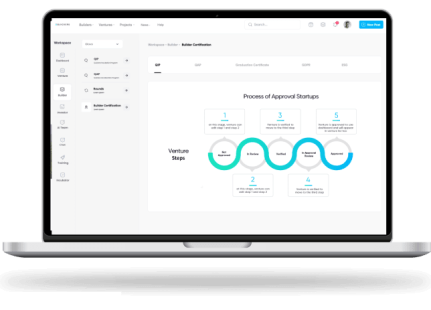Automated & Manual QA Solutions for Digital Excellence
At Quickers Technology, our Quality Assurance (QA) team ensures that every IT project we deliver from insurance platforms to enterprise systems meets the highest standards of quality, stability, and user experience before going live. We combine manual and automated testing practices, advanced monitoring tools, and an Agile mindset to guarantee flawless digital performance for our clients.
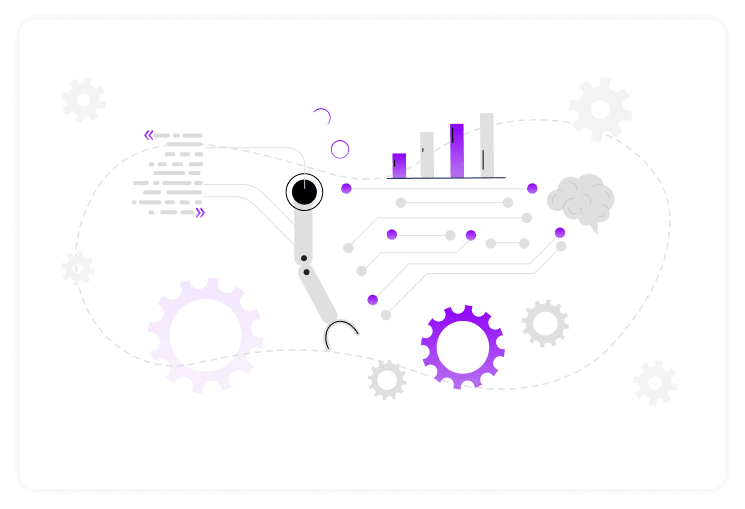
Key Highlights of Our QA Services
Transforming traditional design with intelligent, adaptive, and future-focused experiences.
Early Defect Detection
By integrating QA early in the development lifecycle, we identify and resolve defects faster, reducing costs and accelerating time-to-market.
Risk Based Testing
Focus on high-impact areas by prioritizing test cases that cover critical functionalities and potential points of failure, ensuring business continuity.
Automation Reliability
Resolve flaky and failed automated tests quickly to maintain a stable and reliable CI/CD pipeline.
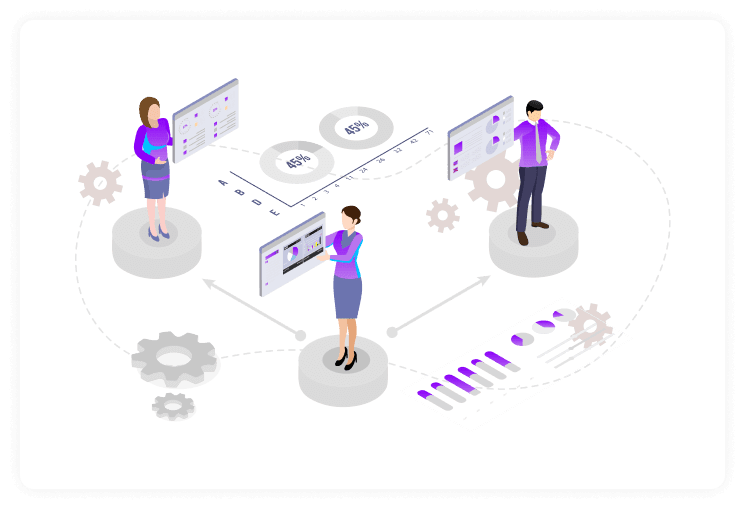
Quality as a Mindset, Not Just a Phase
Simulate and analyze
Simulate and analyze load, stress, and traffic spike scenarios
Measure and report
Measure and report performance metrics across systems
Identify root causes
Identify root causes of delays, crashes, or slowdowns
Provide actionable
Provide actionable recommendations for performance optimization
Data Driven Decision Making
Ensures Product Quality
QA helps identify bugs, errors, or issues before the product reaches the customer. This ensures that the final product is reliable, stable, and performs as expected.
Saves Time and Money
Detecting and fixing problems early in the development cycle is much cheaper and faster than after the product is released. QA reduces the risk of costly rework, customer support, or legal issues.
Builds Customer Trust
A high-quality, error-free product increases customer satisfaction and trust. Happy customers are more likely to return, recommend your product, and stay loyal to your brand.

Balancing Automation with Human Insight
Expertise Across Environments
Web, mobile, and enterprise apps — we’ve debugged them all.
Agile & Fast
Rapid issue identification and resolution without slowing your dev cycle.
Modern Tools, Smarter Testing
From JMeter to Playwright to TestCraft, we use the right tools for the job.
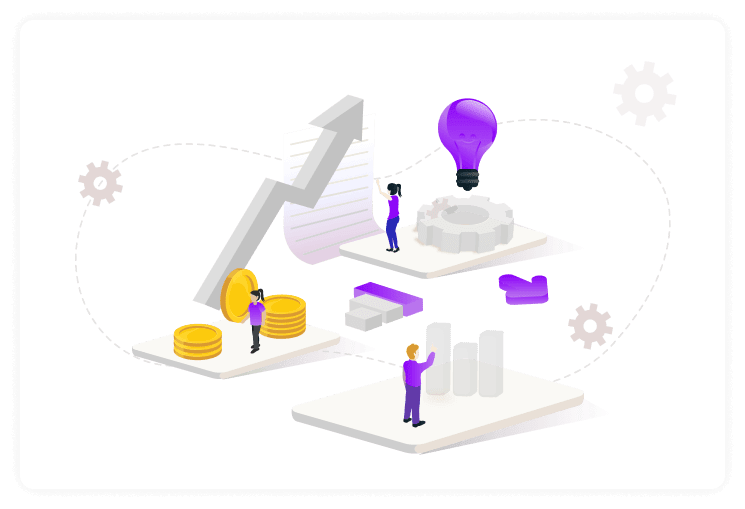
Core Responsibilities & Services
Our QA team is dedicated to ensuring the highest levels of quality, performance, and reliability across all digital products.
Front-End Manual Testing
Design and execute manual front-end tests to validate UI components, user flows, and overall usability. Ensure pixel-perfect alignment, responsive behavior across devices, and accessibility compliance. Example: Validate form validation messages, navigation paths, and error handling before production deployment.
API Testing
Perform API-level testing to verify data consistency, response accuracy, and system communication. Use Postman to execute REST and SOAP requests, validate status codes, and analyze performance under load. Example: Check that insurance quote APIs return correct premium calculations and proper error responses.
Pre Prod Incident Management
Manage and track issues in pre-production environments, ensuring all bugs are identified and resolved before release. Collaborate closely with development and DevOps teams to isolate root causes and verify fixes. Example: Simulate policy renewal flows in a staging environment to detect potential billing or data migration issues.
Critical Test Case Identification
Identify critical regression and smoke test cases that ensure system stability after each update. Prioritize high-risk business processes, focusing on areas that could impact revenue or user experience. Example: Define mandatory test sets for login, claims processing, and customer onboarding modules.
Agile Collaboration
Actively participate in Agile ceremonies including daily stand-ups, sprint planning, and retrospectives to align QA activities with development goals. Provide test effort estimations, early feedback on new features, and visibility on quality metrics. Example: Work with Product Owners to refine user stories with clear acceptance criteria and test conditions.
Automated QA & Iteration
Support the transition from manual to automated testing frameworks (e.g., Jenkins pipelines). Collaborate with automation engineers to expand test coverage and accelerate regression cycles. Example: Convert manual Postman collections into automated regression suites integrated with CI/CD.
Tools & Technologies
Empowering QA Processes with Industry-Leading Frameworks, Platforms, and Automation Tools
Zephyr
Enables efficient test case management and execution tracking across QA cycles. Integrates seamlessly with Jira for end-to-end test visibility.
Jira
Facilitates Agile sprint planning, issue tracking, and defect lifecycle management. Streamlines team collaboration and progress monitoring.
Confluence & SharePoint
Used for centralized documentation, test plans, and process wikis. Ensures consistent knowledge sharing and easy access to QA artifacts
Postman
Supports functional and automated API testing with environment configuration and monitoring. Validates backend services before front-end integration.
Dynatrace
Provides real-time application performance monitoring and intelligent error detection. Helps identify performance bottlenecks early in pre-production.
Jenkins
Automates test execution through continuous integration pipelines. Ensures faster feedback and early detection of build-related issues.
Frequently Ask Questions(FAQ)
1. What types of QA services do you offer?
We provide a full range of QA debugging services including performance testing, functional and UI validation, automation test stabilization, and continuous testing support. Whether you're launching a new product or maintaining an enterprise system, we tailor our QA strategy to your specific needs.
3. Can you help stabilize our existing automated tests?
Yes. We review and debug flaky or failing automated tests, refine locator strategies, and align test logic with actual user workflows. We also integrate your test suites into CI/CD pipelines to ensure smooth and reliable automation cycles.
5. What’s the difference between functional and performance debugging?
Functional debugging focuses on how your app behaves — checking if buttons work, forms submit, and navigation flows correctly. Performance debugging analyzes how your app handles traffic — identifying slow response times or crashes under load.
2. How do you identify and fix performance issues?
We simulate real-world usage conditions to uncover performance bottlenecks in your system — such as slow APIs, database lag, or memory overuse. After identifying the root causes, we provide optimization recommendations to improve response times and system scalability.
4. How do you ensure cross-browser and cross-device quality?
We validate your application’s functionality and appearance across major browsers and device types. This ensures consistent user experiences and prevents issues like broken layouts, non-functional buttons, or workflow errors from reaching production.
6. Do you provide reports and documentation after testing?
Absolutely. We deliver clear, actionable reports outlining the issues found, their root causes, and recommended fixes. Post-debugging, we also provide verification results to confirm the issues have been resolved effectively.
Why Partner with Quickers Technology QA Team
With global experience in IT and insurance systems, our QA team ensures compliance with complex business logic across diverse platforms. We work collaboratively with developers, analysts, and DevOps teams to maintain end-to-end quality throughout the development lifecycle. Driven by a proactive mindset, we focus on preventing issues before they occur, rather than simply detecting them. Our culture of continuous learning keeps our professionals up to date with the latest testing methodologies, tools, and industry best practices.
